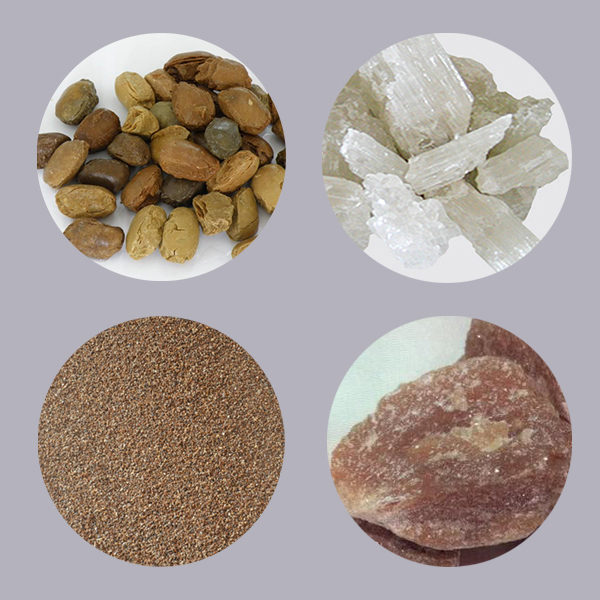The Application of Magnesia in the Refractory Industry
2016-07-18
Magnesia is the collective name for the sintered products of magnesia materials such magnesite. It is an important material for producing refractory materials such as magnesia brick, magnesia alumina brick, ramming mass and fettling material.
The magnesia made of natural magnesite by one-step or two-step calcination process in a shaft kiln or rotary kiln is called sintered magnesia. The magnesia made of magnesite by melting in an electric arc furnace and then cooling to solid is called fused magnesia. Seawater magnesia is exacted from seawater.
Magnesia can also be divided into fused magnesia, intermediate magnesia, high purity magnesia and dead burned magnesia.
Dead burned magnesia is made of natural magnesite by firing at high temperature in a shaft kiln. It can be used to produce refractory bricks and monolithic materials for steel smelting in electrical furnaces.
Fused magnesia is made of chosen special A grade natural magnesite or high purity light burned magnesia particles. It has high purity, large size, dense structure, good slag resistance and good thermal shock resistance. It is a good electronic insulation material and raw material for high grade magnesia brick, magnesia carbon brick and monolithic material.
Intermediate magnesia is made of 97% light burned magnesia by ball pressing and high temperature firing in a shaft kiln. It has good degree of sintering and fine crystal. It is used in the production of intermediate magnesia refractories.
High purity magnesia is made of natural magnesite by light burning, fine grinding, ball pressing, and ultra-high temperature firing in a shaft kiln. it is used to produce refractory bricks and monolithic materials.
